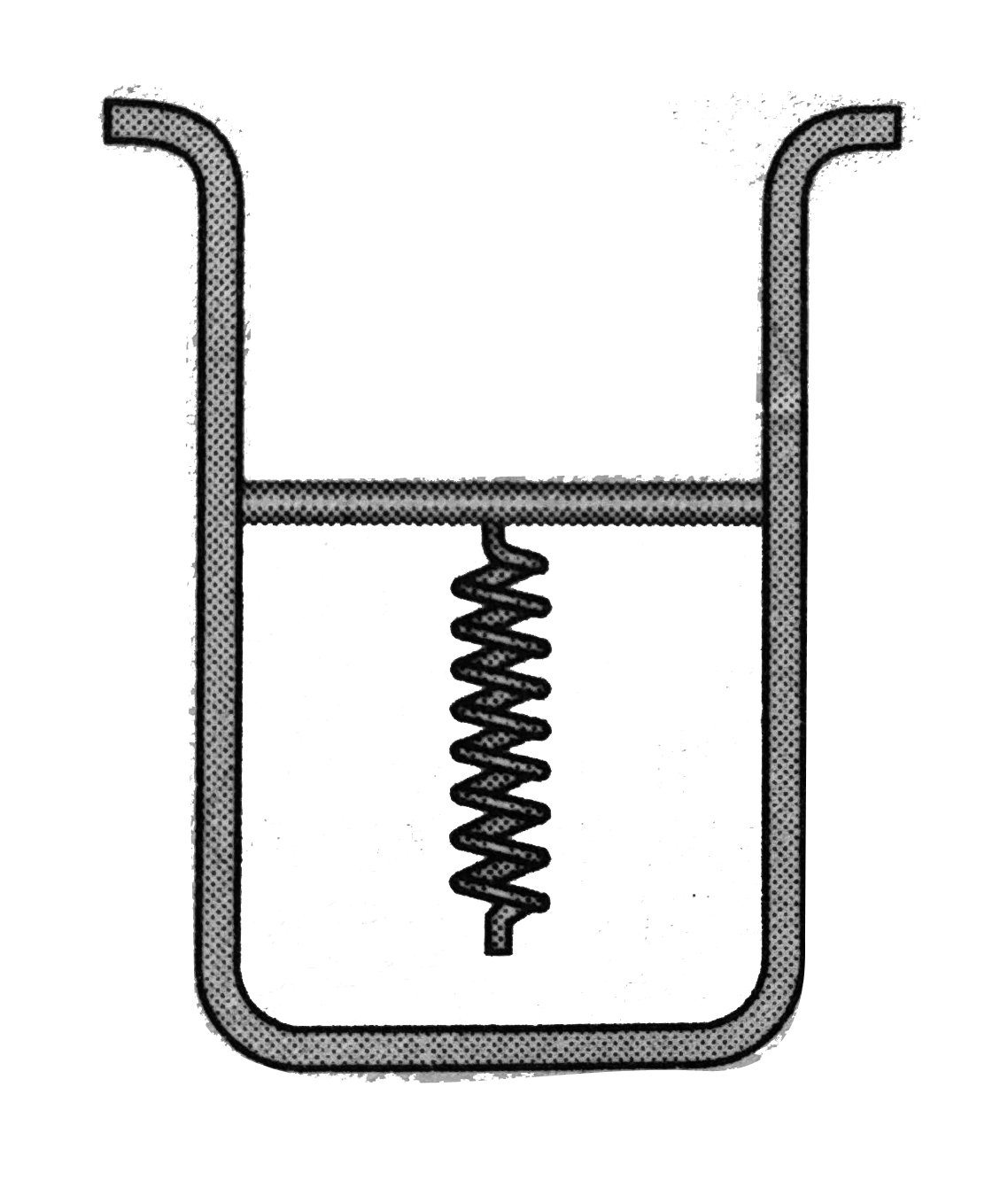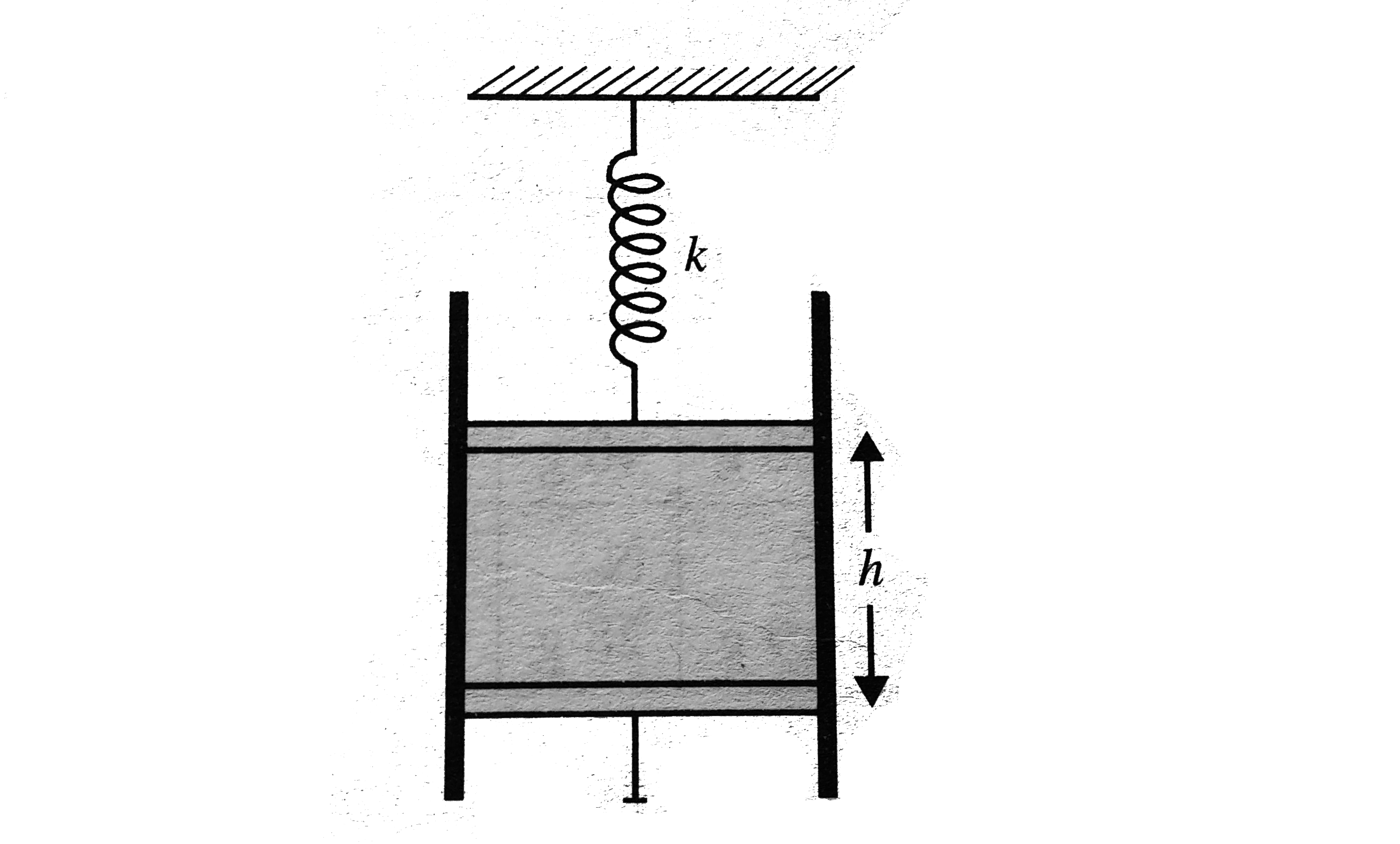When the piston of common water pump is lowered its foot valve opens.
To solve the question regarding the operation of a common water pump and the behavior of its foot valve when the piston is lowered, we can break down the explanation into clear steps:
1. Understanding the Components of the Water Pump:
- A common water pump, often referred to as a hand pump, consists of a piston, a foot valve, and a cylinder where water is stored. The piston is the part that moves up and down to create pressure changes.
2. Lowering the Piston:
- When the piston is lowered, it creates a larger volume in the cylinder above the piston. This increase in volume leads to a decrease in pressure inside the cylinder.
3. Effect on the Foot Valve:
- The foot valve is designed to open when there is a pressure difference that allows water to flow into the pump. When the piston is lowered, the pressure inside the pump decreases, which does not create the necessary conditions for the foot valve to open.
4. Raising the Piston:
- Conversely, when the piston is raised, it reduces the volume above the piston, increasing the pressure inside the cylinder. This increased pressure pushes down on the water column below, causing the foot valve to open and allowing water to enter the pump.
5. Conclusion:
- Therefore, the statement "When the piston of a common water pump is lowered, its foot valve opens" is false. The foot valve opens when the piston is raised, not lowered.
- A common water pump, often referred to as a hand pump, consists of a piston, a foot valve, and a cylinder where water is stored. The piston is the part that moves up and down to create pressure changes.
- When the piston is lowered, it creates a larger volume in the cylinder above the piston. This increase in volume leads to a decrease in pressure inside the cylinder.
- The foot valve is designed to open when there is a pressure difference that allows water to flow into the pump. When the piston is lowered, the pressure inside the pump decreases, which does not create the necessary conditions for the foot valve to open.
- Conversely, when the piston is raised, it reduces the volume above the piston, increasing the pressure inside the cylinder. This increased pressure pushes down on the water column below, causing the foot valve to open and allowing water to enter the pump.
- Therefore, the statement "When the piston of a common water pump is lowered, its foot valve opens" is false. The foot valve opens when the piston is raised, not lowered.
Topper's Solved these Questions
- FORCE AND PRESSURE BOOK - ICSECHAPTER - FORCE AND PRESSURE EXERCISE - EXERCISE 3.3 (WRITE TRUE OR FALSE)
5 Videos
- FORCE AND PRESSURE BOOK - ICSECHAPTER - FORCE AND PRESSURE EXERCISE - EXERCISE 3.3 (TRUE THE MOST APPROPRITATE ANSWER)
4 Videos
- FORCE AND PRESSURE BOOK - ICSECHAPTER - FORCE AND PRESSURE EXERCISE - EXERCISE 3.3 (FILL IN THE BLANK)
5 Videos
- ENERGYBOOK - ICSECHAPTER - ENERGYEXERCISE - THEME ASSIGNMENT
4 Videos
- HEAT TRANSFER BOOK - ICSECHAPTER - HEAT TRANSFER EXERCISE - Picture Study
2 Videos
Similar Questions
When the piston of common water pump is raised its piston valve opens.
View SolutionWhen water is converted into ice, its entropy
View SolutionWhen common salt is dissolved in water
View SolutionA cylindrical tube partially filled with water is in resonance with a tuning fork when height of air column is 0.1 m. When the level of water is lowered, the resonance is again observed at 0.35m. The end correction is –
View SolutionA cylinder is fitted with a piston, beneath which is a spring, as in the figure. The cylinder is open at the top. Friction is absent. The spring is 3600N/m. The piston has a negligible mass and a radius of 0.025m (a) when air beneath the piston is completely pumped out, how much does the atmospheric pressure cause the spring to compress? (b) How much work does the atmospheric pressure do in compressing the spring?

View SolutionA capillary tube is dipped in water to a depth and the water rises to a height h(<l) in the capillary tube. The lower end of the tube is closed in water by putting a lower over it. The tube is now taken out and the thumb is removed from the lower end and it kept open. The length of liquid column in the tube will be

View SolutionIn a resonace tube experiment, the first resonance is obtained when the level of the water in the tube is at 20 cm from the open end. Resonace will also be obtained when the distance of the water level from the open end is
View SolutionAn ideal gas at NTP is enclosed in an adiabatic vertical cylinder havin an area of cross section A=27cm2 between two light movable pistons as shown in figure. Spring with force constant K=37−−N/m is in a relaxed state initially. Now the lower position is moved upwards a distance h/2, h being the initial length of gas column . It is observed that the upper piston moves up by a distance h/16. Final temperature of gas4/3×273K. Take γ for the gas to be 3/2.

When the lower pistone is moved upwards a distance h/2, the compression.
View SolutionAn ideal gas at NTP is enclosed in an adiabatic vertical cylinder havin an area of cross section A=27cm2 between two light movable pistons as shown in figure. Spring with force constant K=37−−N/m is in a relaxed state initially. Now the lower position is moved upwards a distance h/2, h being the initial length of gas column . It is observed that the upper piston moves up by a distance h/16. Final temperature of gas4/3×273K. Take γ for the gas to be 3/2.

When the lower pistone is moved upwards a distance h/2, the compression.
View Solution4.375g of a substance when dissolved in 36.0g of water, lowered its vapour pressure by 0.5mm at a given temperature. The vapour pressure of water at this temperature is 25.0mm. Calculate the molecular weight of solute.
View Solution
